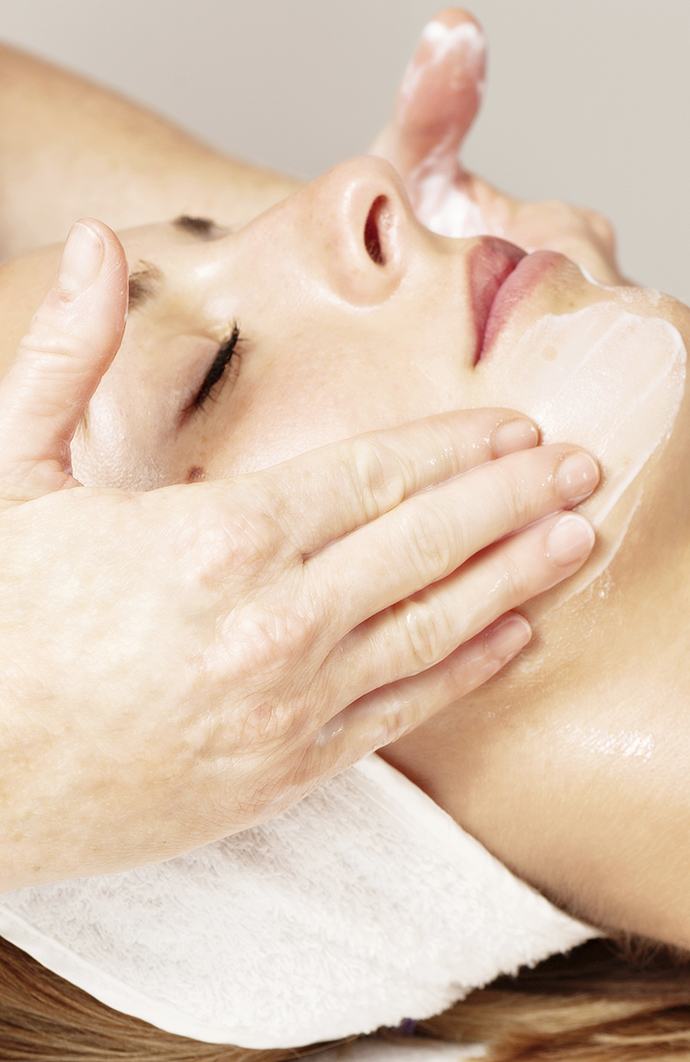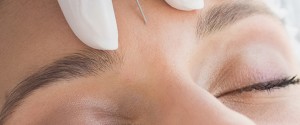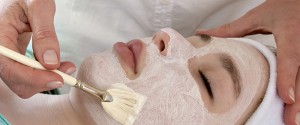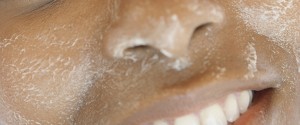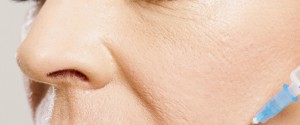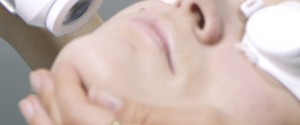Microdermabrasion
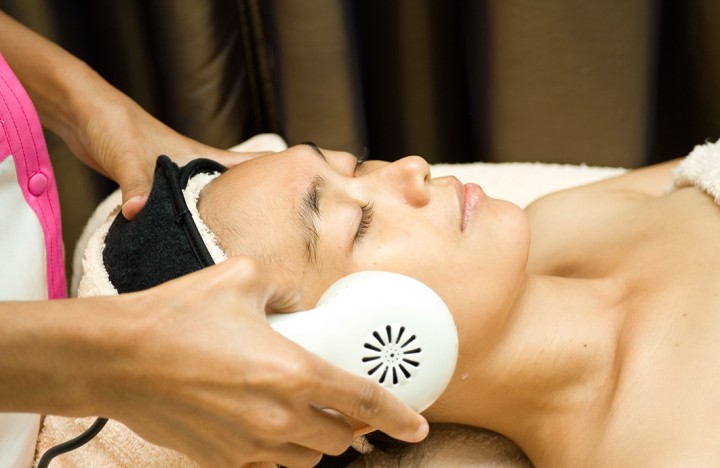
Microdermabrasion is a new skin care technique that has grown in popularity in recent years. It is an effective substitute to more invasive and costlier procedures like Botox injections, chemical peels, and plastic surgery. Microdermabrasion is a general term that refers to the application of tiny rough grains used to remove the surface layer of the skin through a process called buffing. There are many different treatments that use this method, including salon treatments and medical procedures. All of the action in microdermabrasion takes place on the topmost layer of the skin, called the stratum corneum. The process protects the deeper layers of the skin. The concept behind microdermabrasion is that if you break up or remove the stratum corneum, the body will replace the lost skin cells with new, healthy ones. The abrasion is a mild form of injury and skin regenerates as it normally would.
Who is it good for?
Microdermabrasion works extremely well for people who want to clean out clogged pores and is a useful alternative for patients whose skin is too sensitive to use retinoids or similar products. It is not recommended for people that have active oral herpes, or anyone with skin conditions like warts, open sores, skin lesions, eczema, lupus, psoriasis, or dermatitis.
It is a useful treatment for people with superficial acne scars, acne discoloration, or dull skin. It provides minimal benefits but has no side effects or downtime, which is appealing to many people who live busy lives and don’t have time to recover from laser resurfacing. You also only need several sessions spread out over the course of one year, making it easy to fit into your schedule. If you have deeper acne scars or other skin problems, however, you will need to undergo a more thorough procedure, such as laser resurfacing, chemical peeling, or surgical dermabrasion. Microdermabrasion is suitable for anyone over the age of 12 and under the age of 65. People over 65 who have mature skin are at a higher risk of skin abrasions and bruising, which are common side effects of the microdermabrasion process.
Compare
You have two different options when it comes to microdermabrasion: professional or homecare. If you go to a salon or clinic, the technician uses a tool that shoots a stream of tiny crystals and collects any leftover dead skin cells. The vacuum action pulls and raises a small section of skin, creates mild swelling that brings impurities to the surface, shoots a stream of crystals across the skin, and collects dead skin and used crystals for disposal. These treatments usually cost somewhere between $100 to $200 per session, and you will need several sessions spread throughout the course of one year. You can also perform this process at home. The home-based process contains the same crystals you receive in the professional treatment but specialized equipment is not required. The home treatment usually costs between $50 to $80 per jar. Many people choose to have the treatment done by a specialist at a slightly higher but still reasonable cost, as effective results are more likely in this instance.

